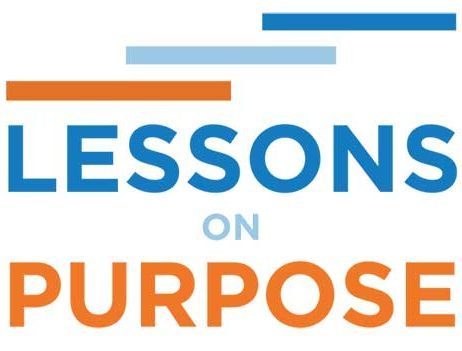I believe we all have a super-power. Some people are great at empathy, shooting a basketball, data analysis or listening. My super-power is staying calm under pressure. The secret is perspective, and a few tools like breathing – and I want to take you deeper into it.
I first recognized this as a strength while walking in the Dallas airport, when a man collapsed of a heart attack in front of me. A crowd gathered as he stopped breathing, and people started yelling for help. I paused, took a breath, remembered that I knew CPR, and jumped down to help.
While not as cool as time travel or pitching a baseball 100 MPH, my superpower does come in handy. I was able to lead an entrepreneurial team through COVID shutdowns, in part by taking a breath and quickly forging a path ahead. I am calm during negotiating– and rarely get rattled in emotional conversations. Of course, I am not always successful, but mostly I can stay composed and stay calm under stress.
Here are a few things I have learned that help:
- Put the problem on the table: when I negotiate or deal with a stressful situation, I try to get the problem from within me (resting in my gut, or between my should blades) to out on the table. I envision the issue or problem as in front of me, where I can objectively assess it from all sides, not connected to me. Of course, I still care about the outcome, but looking at a problem or stressor from afar allows me to act more rationally, be creative, listen assess and think rather than react emotionally.
- Breathe: When faced with any stressful situation – the first thing I do is breathe, as a way to calm my mind and body. It allows me to react to stress with more than simply fight or flight responses1. I have been practicing yoga for 15 years and learned that the essence of the practice is connecting breath to movement and mind to body. There are many breathing techniques around, but I simply stop and do this – try it with me: close your eyes, inhale through your nose for 4 seconds as your belly moves out, hold it in for 5 seconds, and slowly breath out of your mouth for 6 seconds. Note how your shoulders relax, your brain calms and you are able to focus. 4-5-6 = 15 seconds to calm.
- Create time between input and output. Most of the time I have regretted saying something is when it ‘just came out’, and I built no time between what I saw/heard and how I reacted. Similar to breathing, I am able to stay calm when I listen and assess what is really happening, prior to reacting. Author Stephen Covey talks about the time between stimulus and the response as an opportunity, an opportunity to choose your emotions, and shift the direction of the conversation or energy you give back to someone. The next time you are face with a stressful conversation, put a pause between input and your response, and see if it helps you respond more calmly.
- Fill your cup: while breath work, visualizing the problem and time lag are great ‘in the moment’ strategies to remain calm, I also have found that I need time to go deep, and build this calm mindset, so I have a deep ‘reservoir of peace’ from which to pull. I take time daily to focus, pray, reset and plan. I also work hard to recognize that joy and calm are not only ‘out there’ on a beach somewhere. This power of calm is within us – and while a stroll in nature helps me find it quickly, we all need to build reserves by soaking in good things, being thankful for our Creator and today, happy for what we have and being among creation, and being present in life now. These things grant peace to us and may be pulled from when we need it.
- Make it bite sized: I sometimes find myself chasing things in stressful situations – outcomes that aren’t possible, or wanting more beyond what is needed in the situation. For me, the secret is to break things down to bite size issues to digest. I remind myself about what I can control vs just desire, which allows focus on what I can impact. I also find that visualizing the next goal, on the path to the end goal, is a great way to get moving; movement then creates positive energy, which reduces friction in any encounter.
Staying calm is a super-power that can be developed. Yoga breath, externalizing the problem, building in gaps between input and output, building a reserve and focusing on what you can control all help me stay calm under pressure and able to think, plan and act, when others worry and remain paralyzed. These tools have to power to help you in your business life, and in your relationships as well. It won’t happen overnight, but I suggest picking one of the ideas above, working on it and getting on the path to an outcome you desire.

